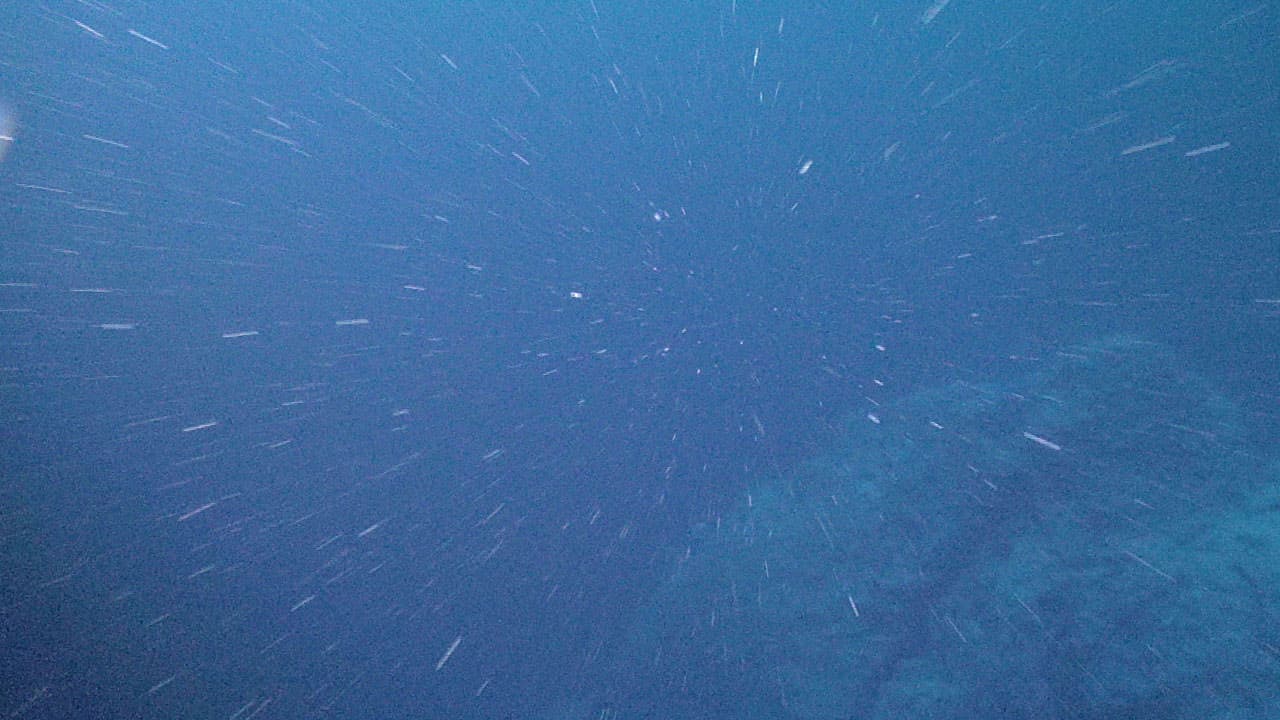Marine snow definition: As organisms like plankton and algae die, they fall as debris in the ocean and accumulate on the ocean floor. These debris falling down to the ocean floor looks like snow falling, and is thus called marine snow.
Some facts about marine snow
A huge amount of the ocean floor is covered with these organic particles, forming the earth’s largest carbon sink. When these organisms die and settle on the ocean floor, they bring down part of the atmospheric carbon and it’s basically stored on the ocean floor, forming this carbon sink.
Over millions of years, these marine snow deposits become carbonate structures. The White Cliffs of Dover on England’s south coast is example of these structures. It’s estimated that over 815 million tons of carbon fall to the ocean bottom each year.
According to researchers at the University of Sydney, marine snow removed carbon from the environment and triggered an icehouse climate change about 35 million years ago.
These organic particles can take weeks to fall down onto the ocean floor where they accumulate. Many get eaten by fish and get pooped out to begin another cycle of journey to the ocean floor.
Once they reach the bottom, they become a food sources for deep sea animals.
Marine snow definition recap:
Marine snow are organic debris that fall down through the layers of ocean water to settle down at the bottom and become food sources and the largest carbon sink on earth.

